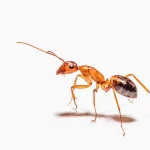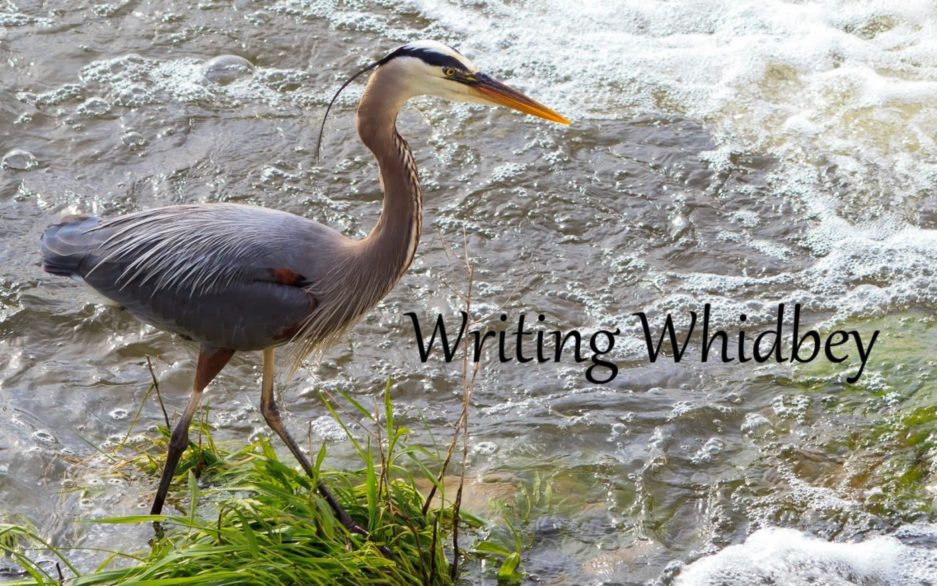
Writing is a continuous process. Even when I’m not writing, I’m writing.
Walking on the prairie I see an ant hill. A huge ant hill. Thousands, if not a half-million ants are scrambling up and down the tall cone of dirt. They’re like high-season travelers rushing to get to the front of the line. Or a bumper car race with plenty of hits and misses, turns and stops, pushing and shoving, and speeding.
“What a great place to hide a treasure,” I think.
As I continue along the trail, the tall cedars, open fields and wildflowers disappear. The here and now are replaced by the virtual reality playing in my mind. A crew-cut kid using a long curve of bark is digging into the far side of the living landmark. As he tunnels into the bottom of the ant hill, they erupt from the cone and rush recklessly away. Looking up and around he waits. All-clear. Then he rubs a hand across his bristly hair, pulls a small flat tackle box out of a green backpack and shoves it into his hole. He sweeps his arm across the pile of loose dirt and covers the hole. Carefully dropping bits of debris from the forest floor across it all, he disguises his work. Standing, he wipes his hands on his jeans and whistles softly away.
Everything has a story. Even an anthill.
It’s been a while since I posted any of those stories, but it’s time to start again. Island stories, kids’ tales, guest writers’ thoughts. Let’s see where it leads us.
